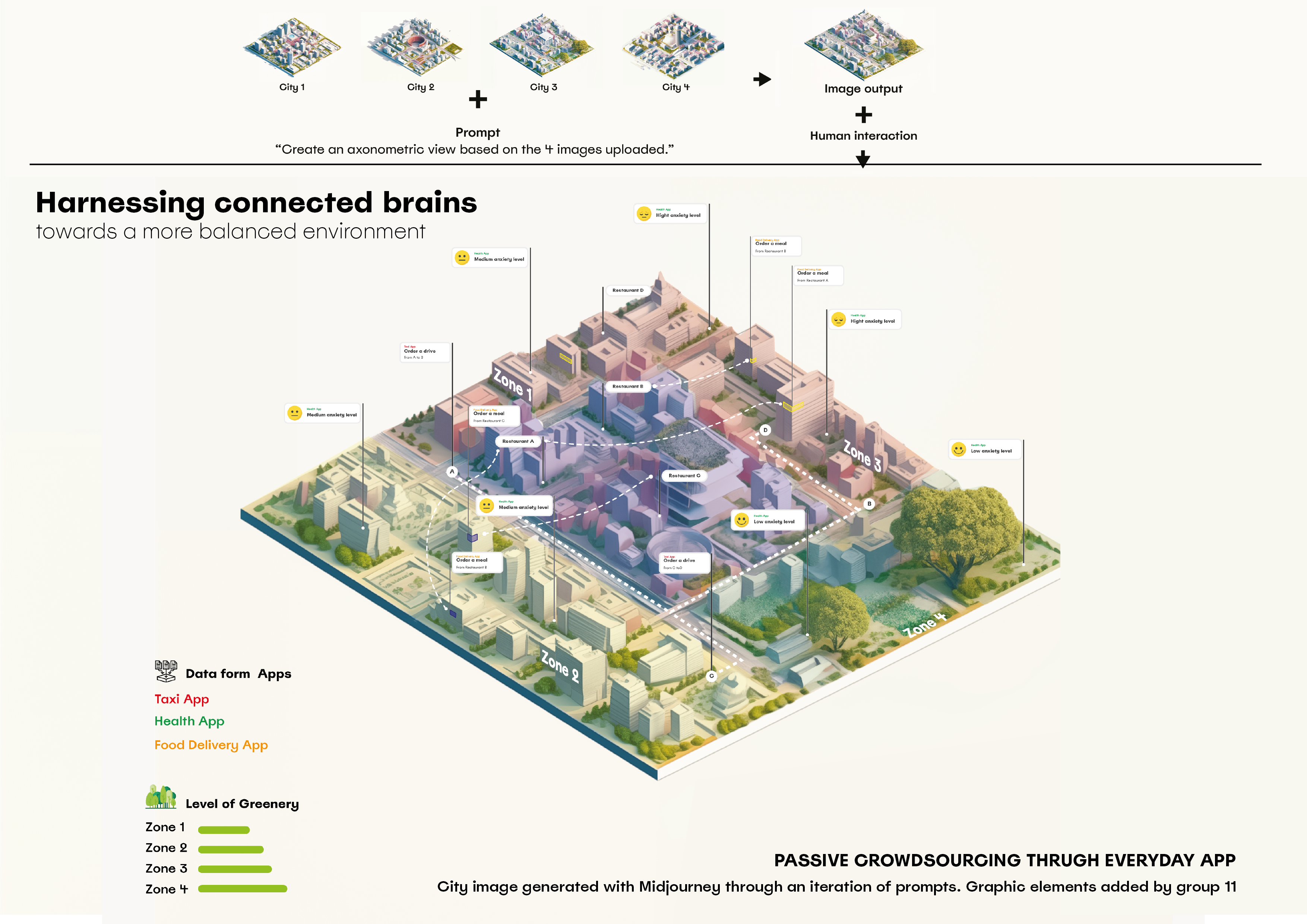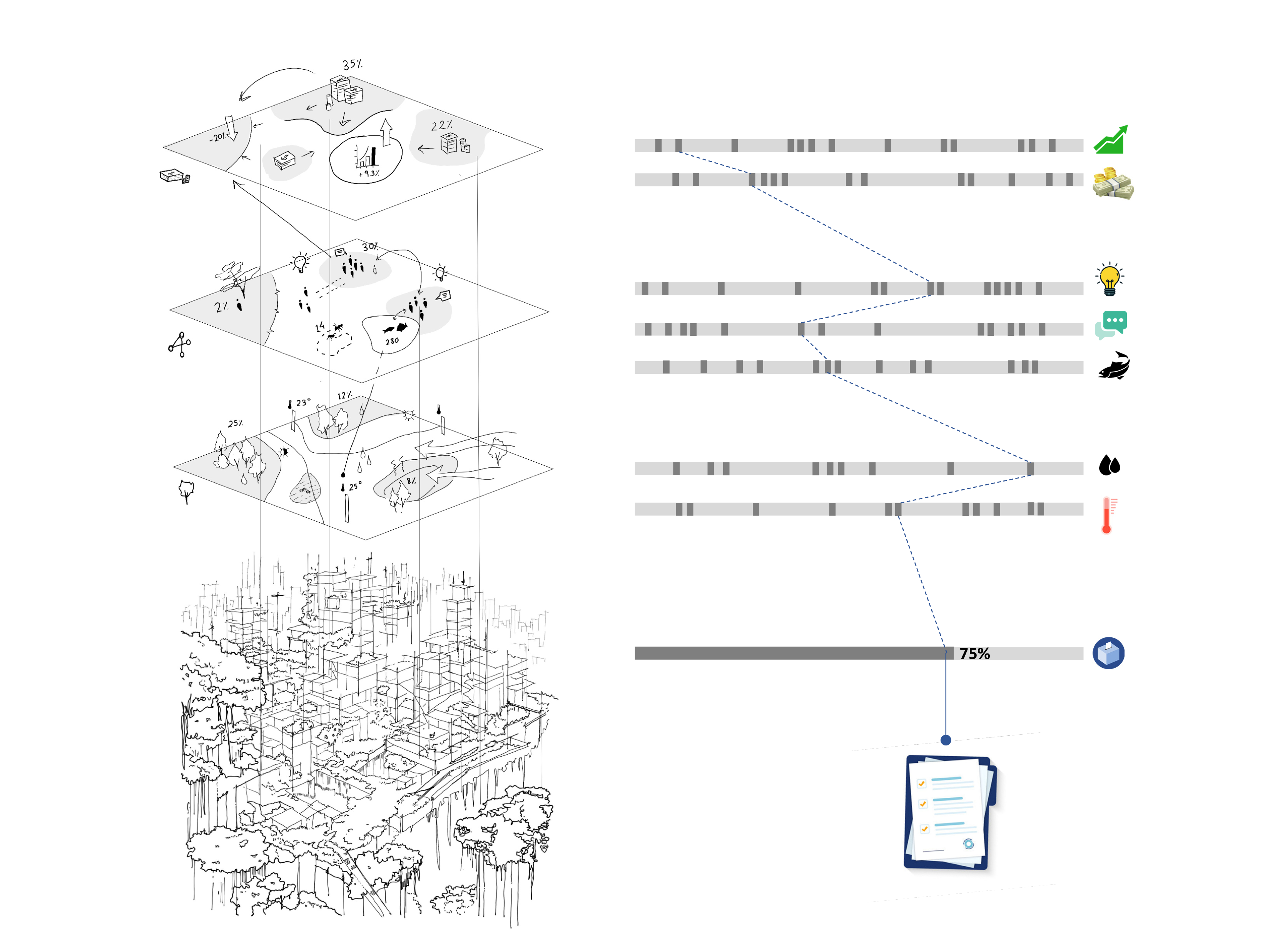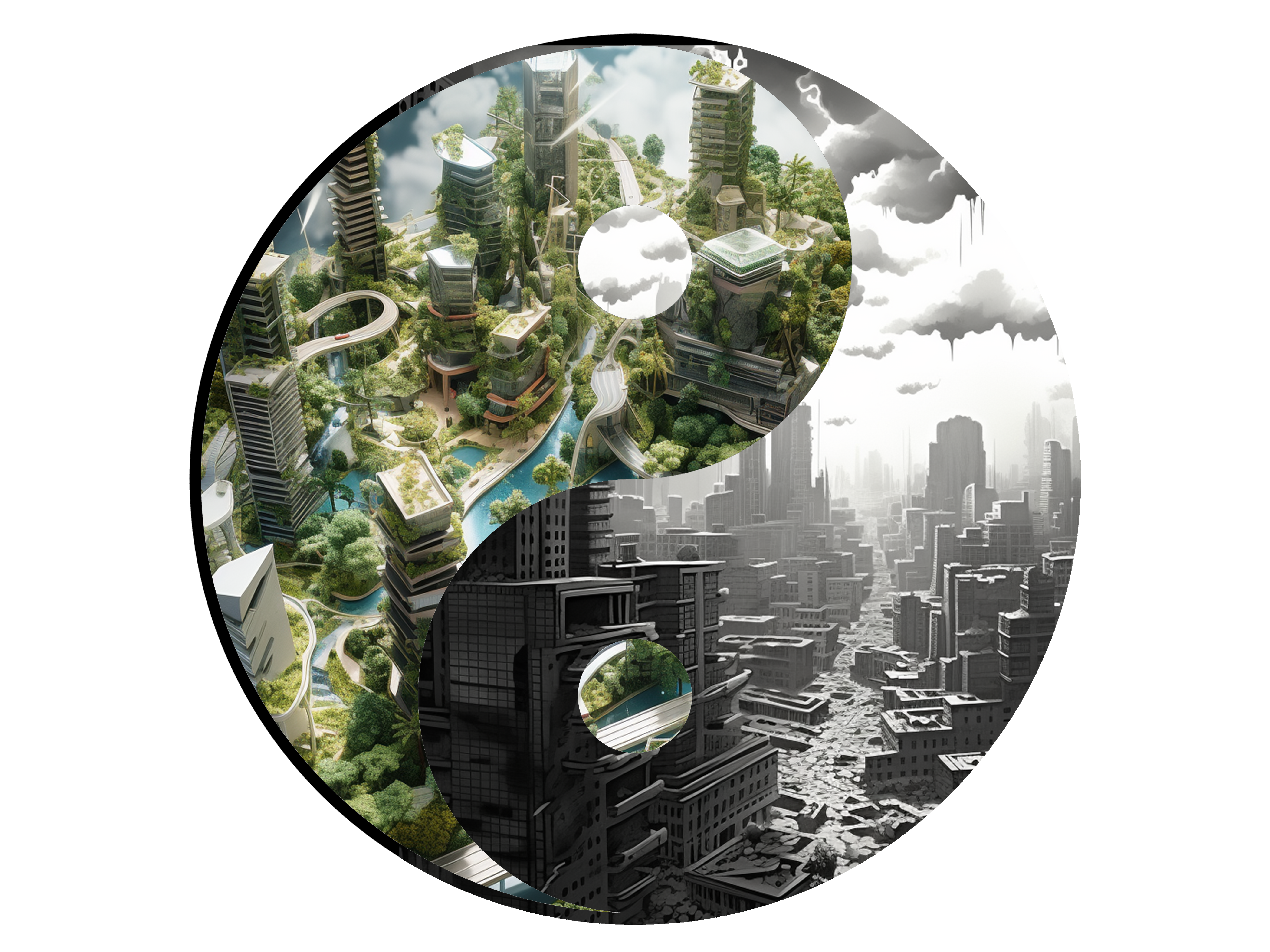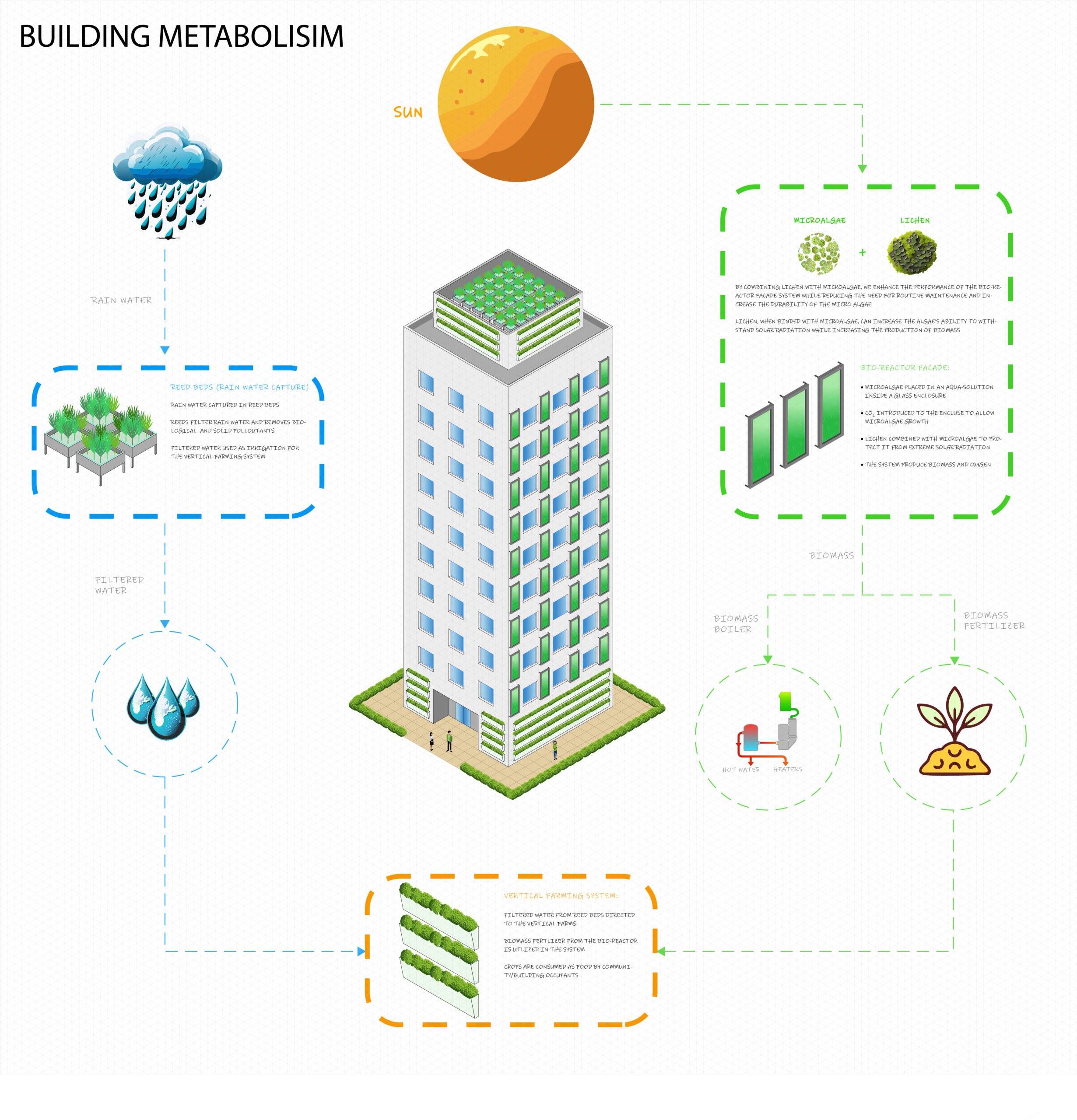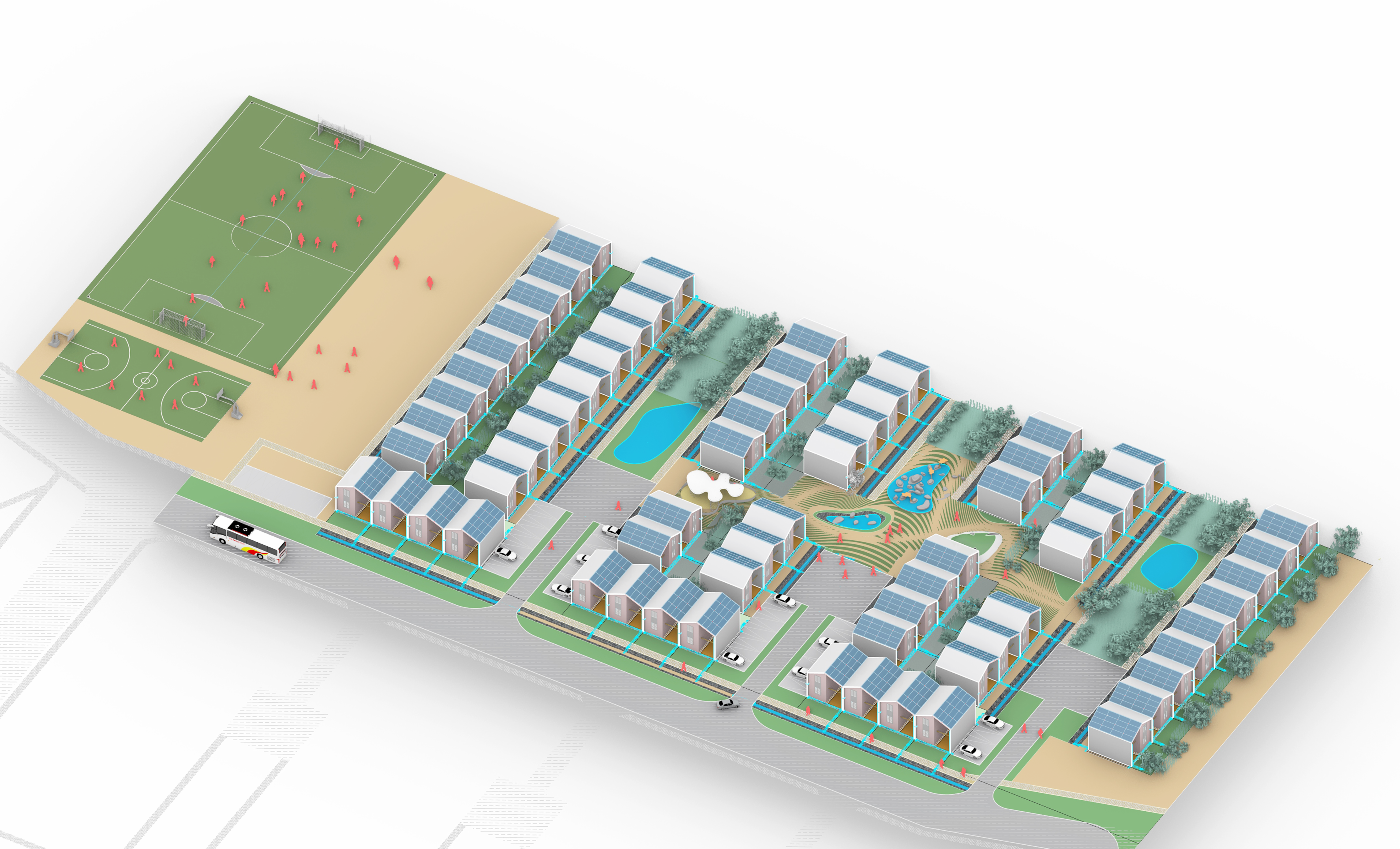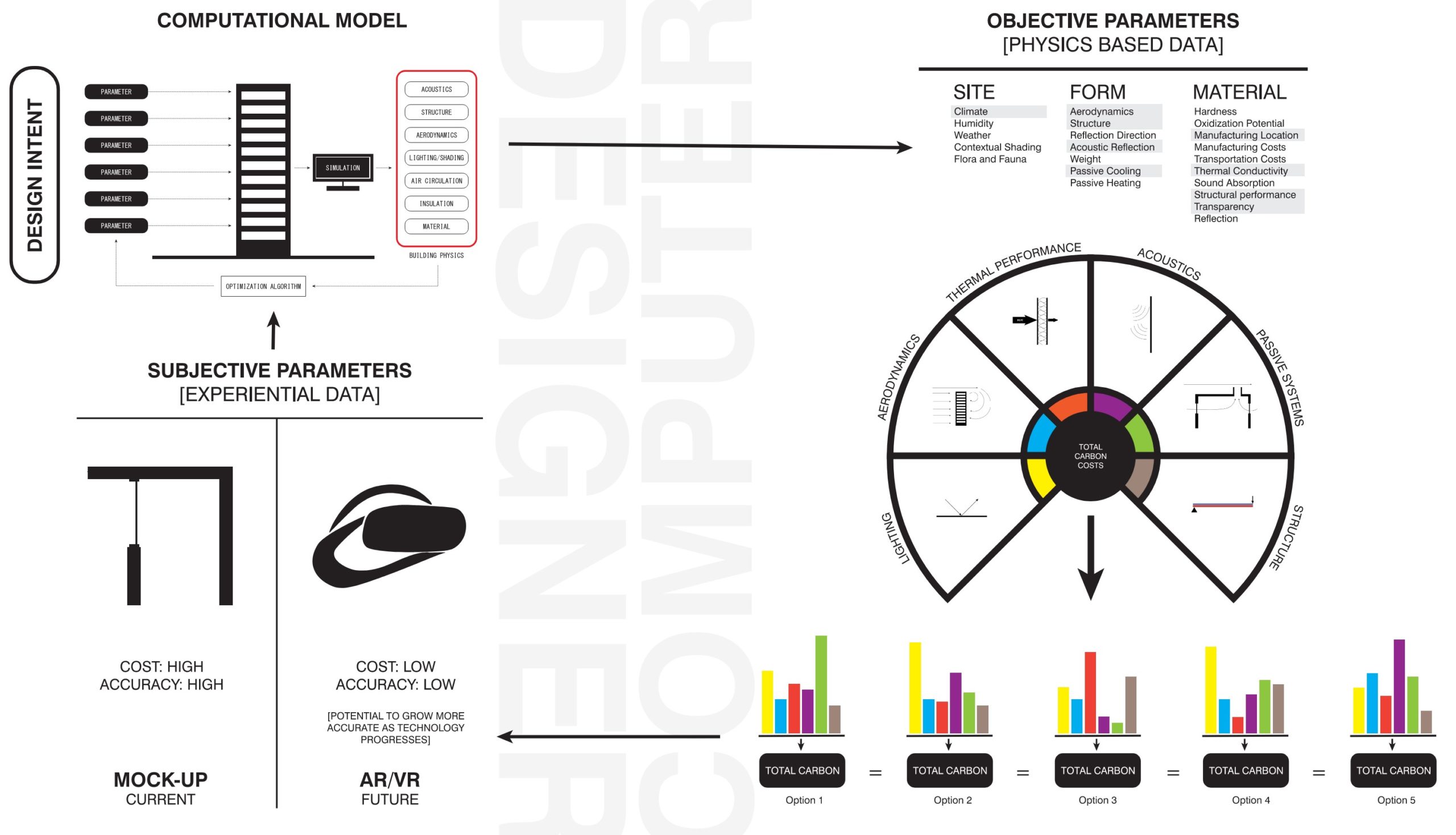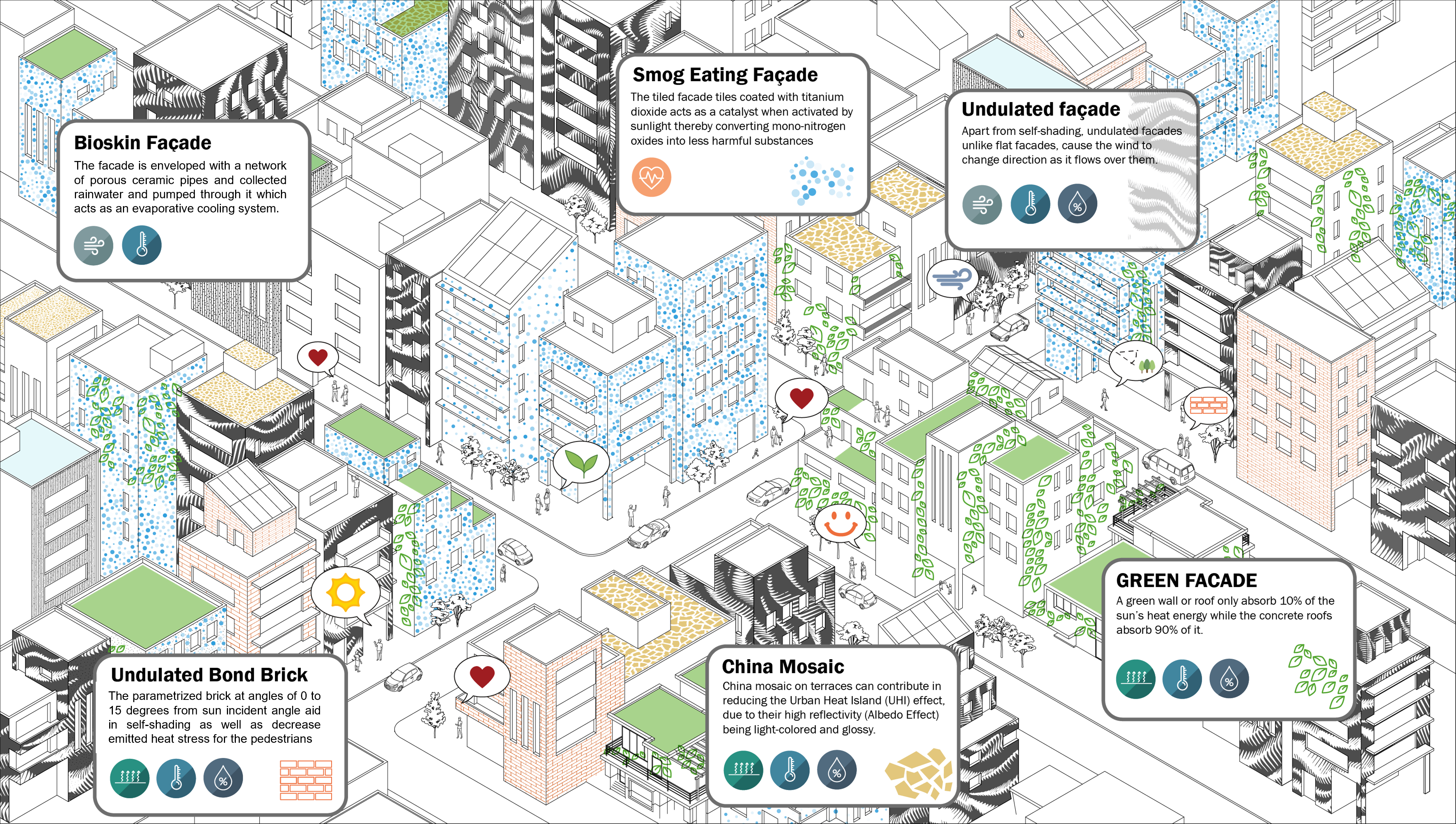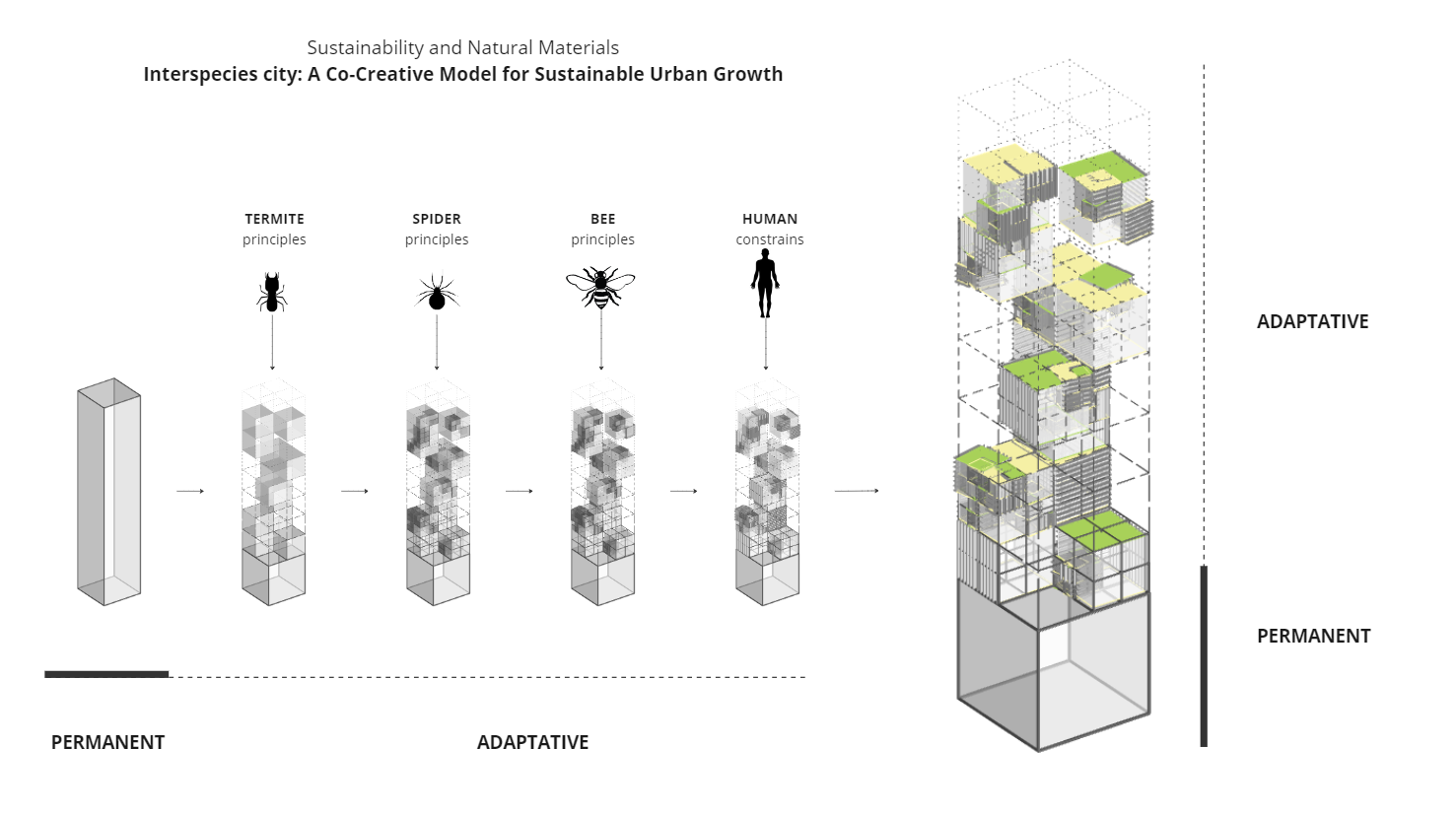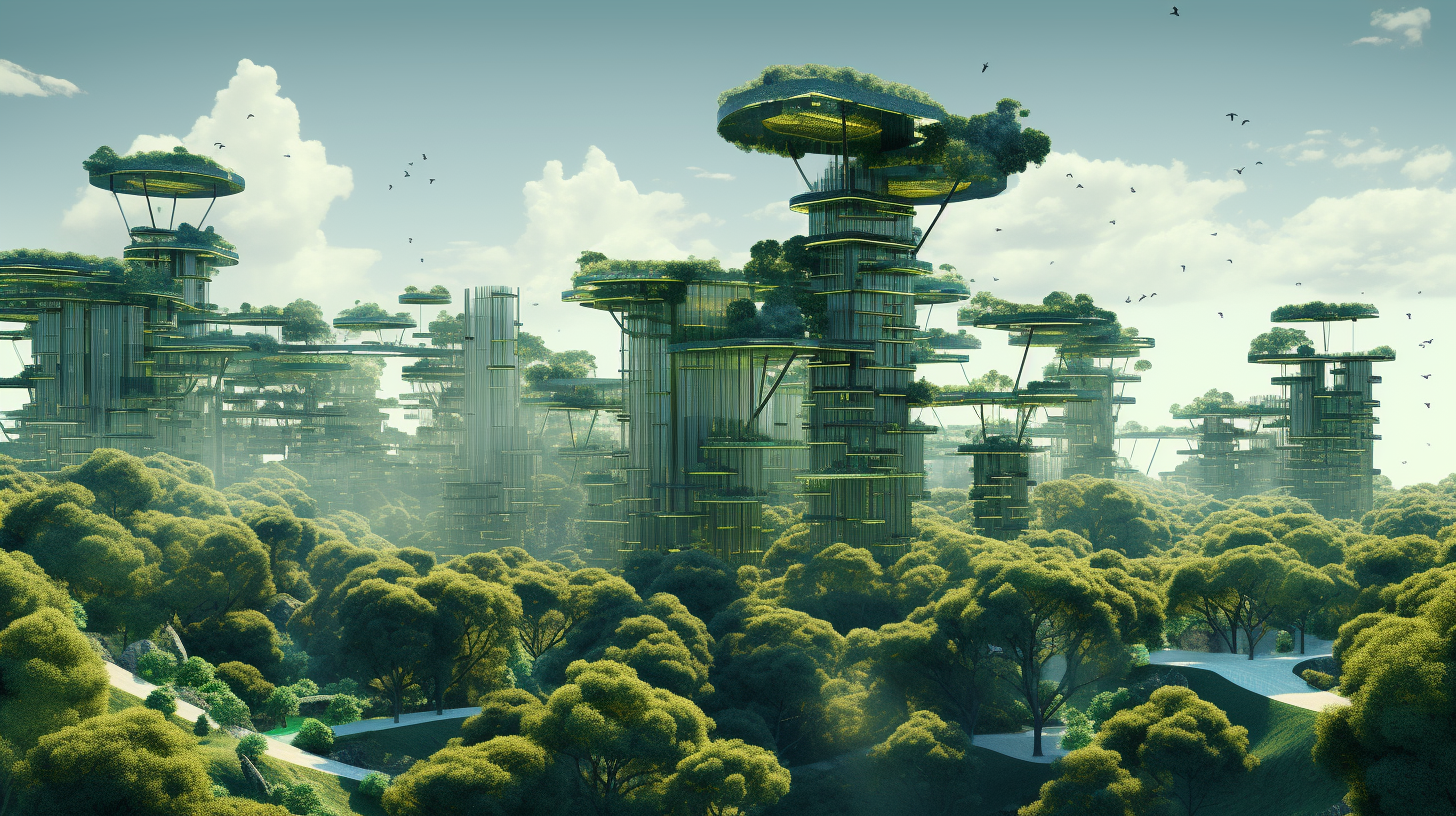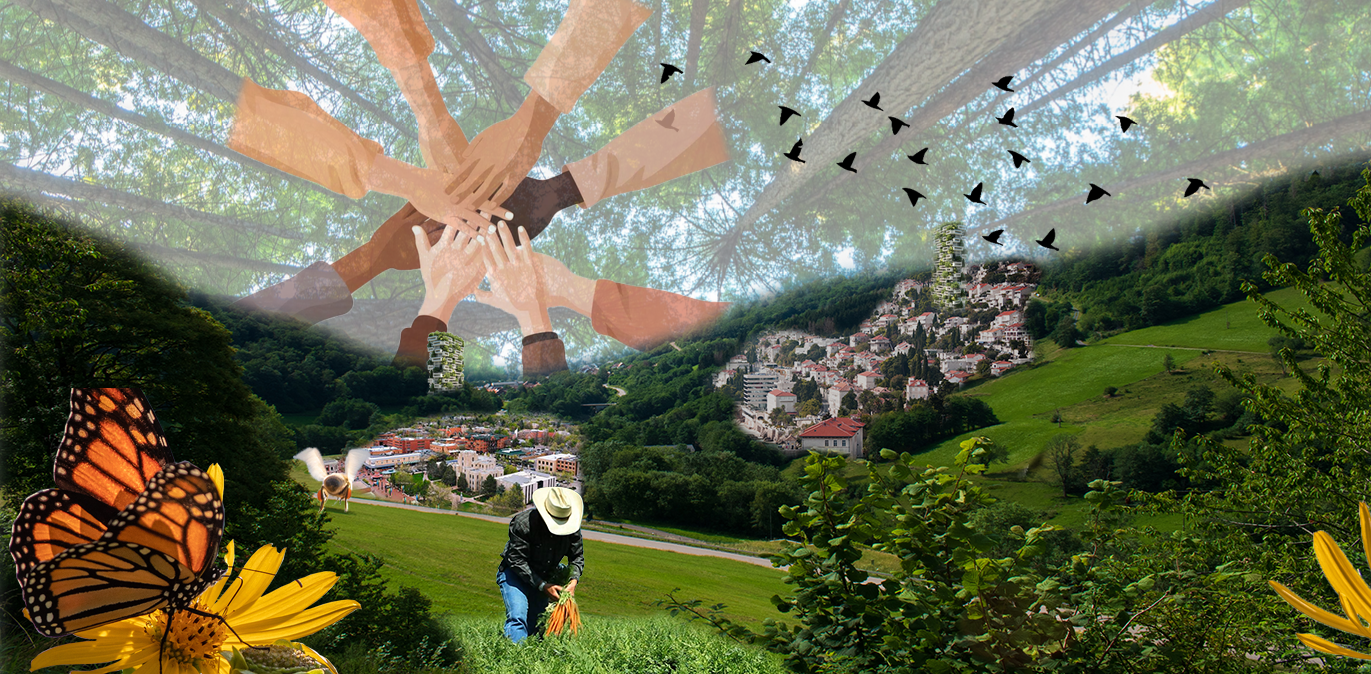Navigating AI Ethics and Regulation
https://github.com/ronmaccms/llm-chatbot.git Can AI Help Us Regulate Itself? AI is rapidly transforming the world. One critical question is whether AI can help regulate itself. By training a LLM on a comprehensive set of research papers, we can explore AI’s potential to provide insights into its own governance and ethical use. The research investigates how national policies … Read more


